These 10 species are lost in the last wilds – we need to find them before they go extinct
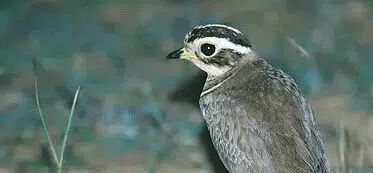
Calling all birdwatchers and explorers: our new global effort 'Search for the Lost Birds' needs your help!
The Negros Fruit-dove is, like its close relatives of the genus Ptilinopus, a beautiful bird, with vivid green plumage marked with bright yellow on the wing and belly, and a wide, yellow ring around the eye. Or should we say ‘was’ a beautiful bird – could it be extinct? Since its discovery, it has proved even more deserving of its scientific name arcanus, meaning secret or hidden, than its (evidently surprised) discoverers realised. The first and only record came from the forests of the Philippine island of Negros in 1953. Ornithological exploration of the island had begun long before and has continued since, yet this remains the only report.
There are grounds to think it is not extinct: a reasonable area of forest survives on Negros, with more on the nearby island of Panay, which holds almost all the same species, and there have been reports from local people of birds fitting its description. Could the lack of records be because it represents an ‘aberrant’ or unusual-looking individual of another species? But no other species comes close to a likeness, allowing for any known form of aberration. And so it remains on the Red List, as Critically Endangered: mysterious but not Extinct.
It turns out that dozens of other bird species (not to mention other animals and plants) are in a similar state: ‘lost’ but not presumed Extinct. Such knowledge gaps beg to be filled, and can inspire fieldworkers who may relish the chance to get out and look for them, often in the biologically richest parts of the planet, and potentially make other discoveries too. As the biodiversity and extinction crises worsen, uncertainties like this can cloud our understanding of the situation, and make it harder to set the right conservation priorities.
This is why a new global search effort is calling on researchers, conservationists and the global birdwatching community to mount the Search for Lost Birds, through a collaboration between BirdLife International (through our Preventing Extinctions Programme), American Bird Conservancy (BirdLife in the US) and Re:wild, with data support from the Cornell Lab of Ornithology and its eBird Platform.
For the purposes of this initiative, ‘lost’ species are those with no documented sighting in the wild for at least 10 years and that are not classified as Extinct on the Red List. There are around 50 such species. Some, like the Negros Fruit-dove, have been lost much longer than this, but as the recent rediscovery of the Black-browed Babbler in Borneo 172 years after the only previous record shows, this need not mean it is too late. Others have been seen in the 21st century, but with a worrying lack of recent information. Someone needs to find them again, and keep the populations under observation, taking action to prevent them slipping away.
Alongside Black-browed Babbler, we can take heart from the story of Madagascar Pochard. After its rediscovery by the Peregrine Fund in 2006, its population was studied and monitored, the site and its surroundings (found to support an outstanding community of threatened and endemic wildlife) legally protected, and a reintroduced population was established and is now breeding elsewhere within its historical range.
Here, we outline a top 10 list of lost birds to seek out, spanning all regions, across the tree of (bird) life, from a delicate hummingbird to a raptor. Negros Fruit-dove is one. Here are the other nine:
By Roger Safford
Header image: Photo of the possibly lost Jerdons Courser © Simon_Cook
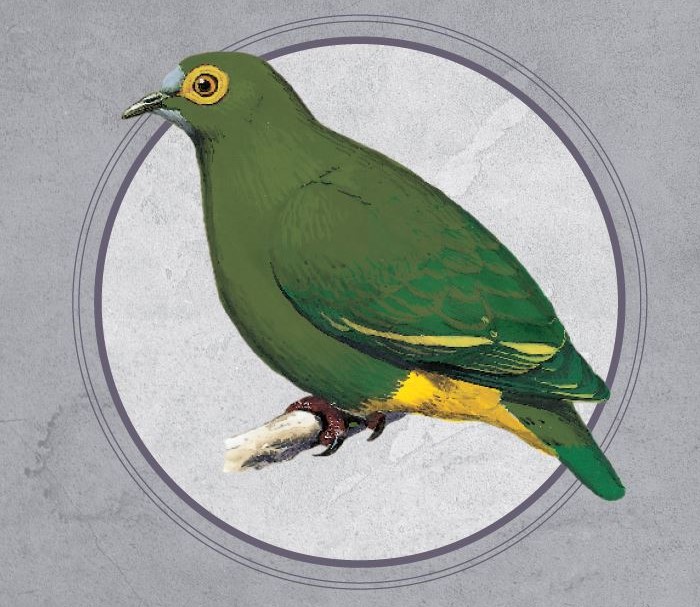
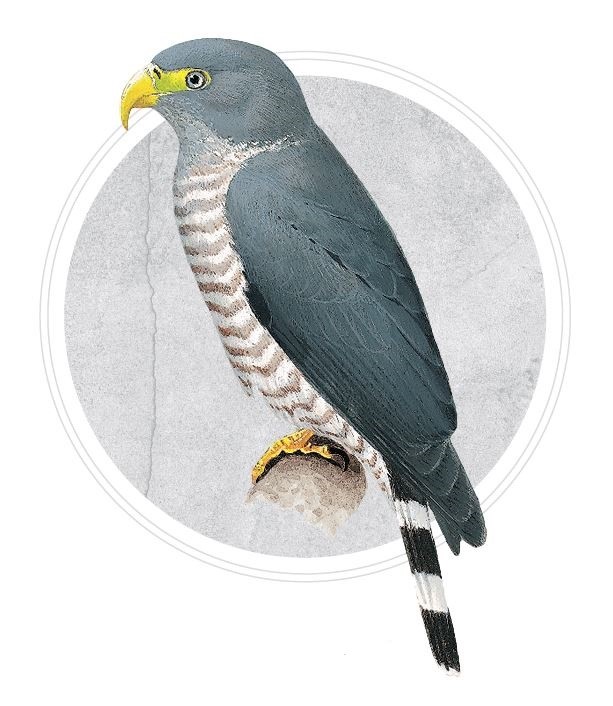
Cuban Kite
This specialist feeder on snails and slugs used to be widespread in Cuba. Habitat destruction and alteration caused by logging and agricultural conversion has reduced its range to a tiny area in the east of the island, where it is believed to be on the verge of extinction. Farmers have persecuted the species in the mistaken belief that it preys on poultry, and harvesting has apparently reduced numbers of tree snails and thereby food availability. In the last 40 years, kites have been seen in tiny numbers of a handful of occasions, mostly recently two flying birds in Alejandro de Humboldt National Park in May 2010.
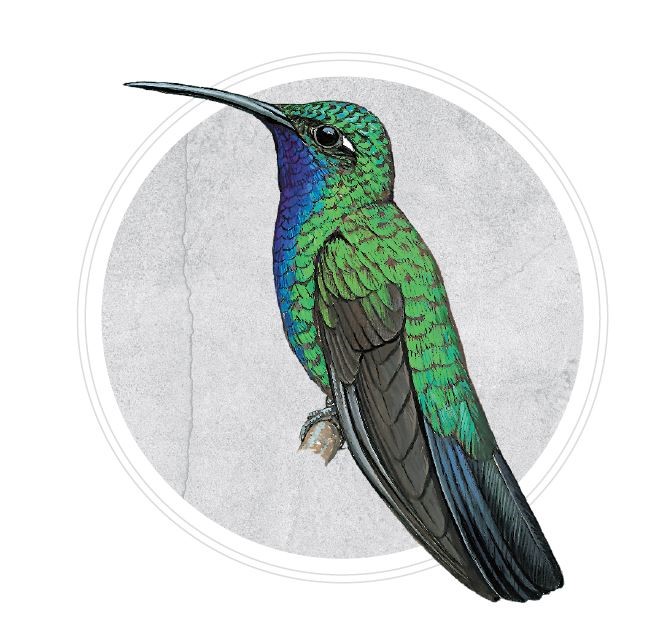
Santa Marta Sabrewing
Once considered fairly common within its small range, Santa Marta Sabrewing lives in the Sierra Nevada de Santa Marta, in north-east Colombia. It is the rarest and most threatened of the 22 bird species restricted to this Endemic Bird Area. It may migrate seasonally from the forest borders at 1,200-1,800 metres to the open páramo, reaching the snowline at 4,800 metres. Since 1946, this beautiful hummingbird has only been recorded with certainty on one occasion, a single bird humanely mist-netted in the El Dorado Reserve in 2010, despite regular visits by birders before and since. It could still be present given habitat remains, but any surviving population is certain to be small and declining as the forests and especially open paramo vegetation above the treeline continue to be destroyed, fragmented and degraded.
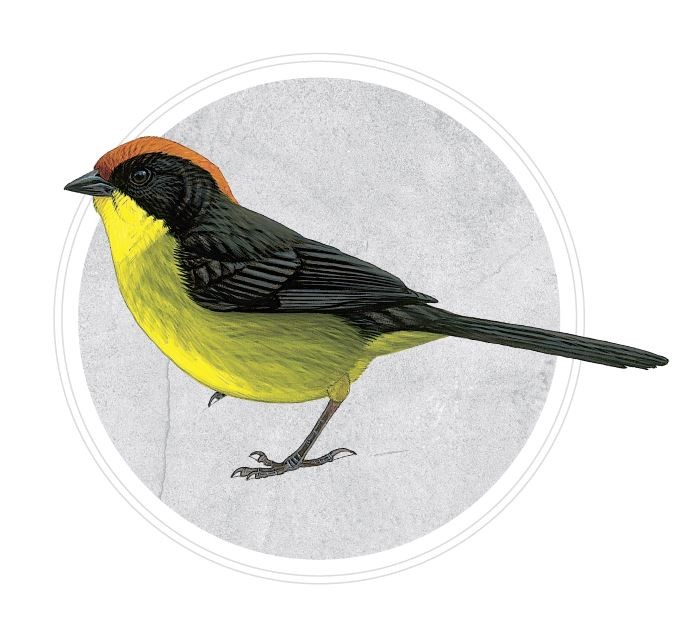
Vilcabmaba Brush-Finch
Vilcabamba Brush-finch has a tiny range in the Vilcabamba Cordillera of the Peruvian Andes. It may prove that the surviving populations prove to be stable and secure, but no records have been documented since 1968 in this very remote area. It occurs in montane evergreen forest, probably at 1,700-2,250 metres, where there is a high (but irregular and broken) canopy and dense undergrowth, and it has been projected that it could become very threatened in a short space of time if human pressures increase.
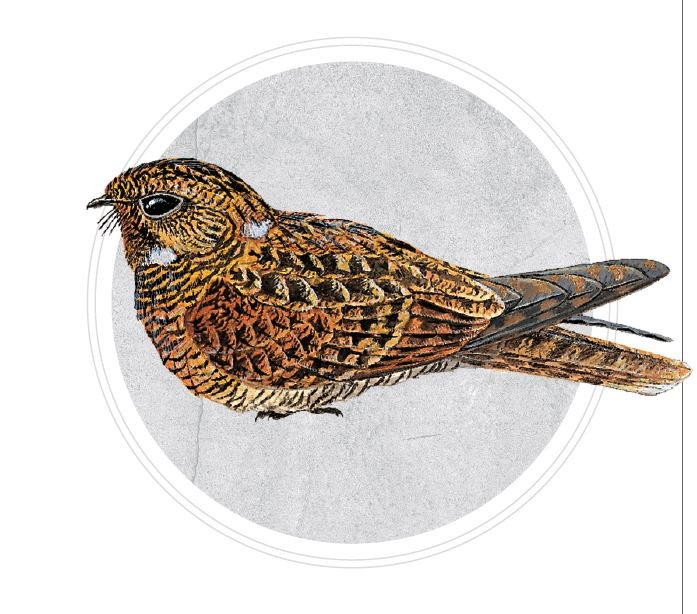
Priogine’s Nightjar
Prigogine’s Nightjar was described and named 35 years after a unique specimen was collected in Itombwe Forest (hence the alternative name ‘Itombwe Nightjar’) in the eastern Democratic Republic of Congo in 1955. Its current status is obscure: a nocturnal forest species, it has not been seen since, but recorded calls from the area have, by a process of elimination of known species, been tentatively attributed to it, and these same calls have also been heard at several sites elsewhere in Central Africa – offering some hope that it continues to survive in the region. Its range could therefore be fairly extensive, but we are far from certain, and so cannot determine how threatened it might be by deforestation.
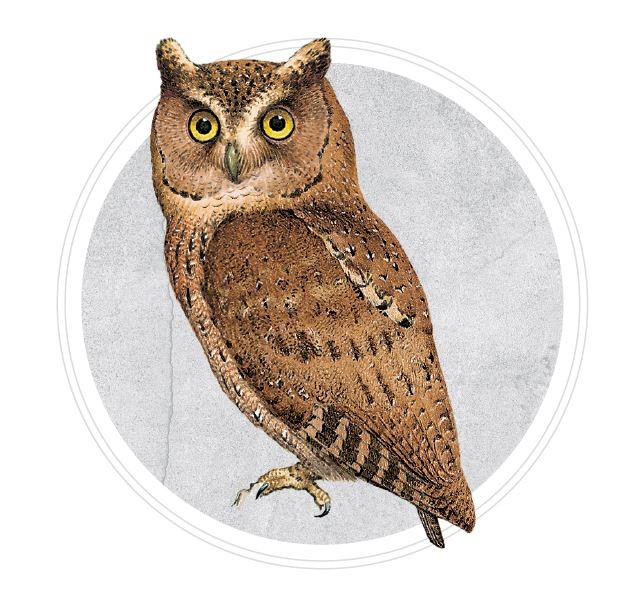
Siau Scops-Owl
The Siau Scops-Owl is only known from the small Indonesian island of Siau, north of Sulawesi. It is another species known only from the original, or type, specimen, this one collected in 1866. Several observers have searched for it without success (though not for more than a few days at a time), and little forest remains within its presumed range, in which habitat destruction has been extensive and is continuing. However, several examples have shown how scops-owls have survived undetected on tropical islands for many decades, sometimes adapting well to forest degradation, and there have been local reports on Siau that might relate to the bird, while neighbouring islets that could support an owl may never have been searched.
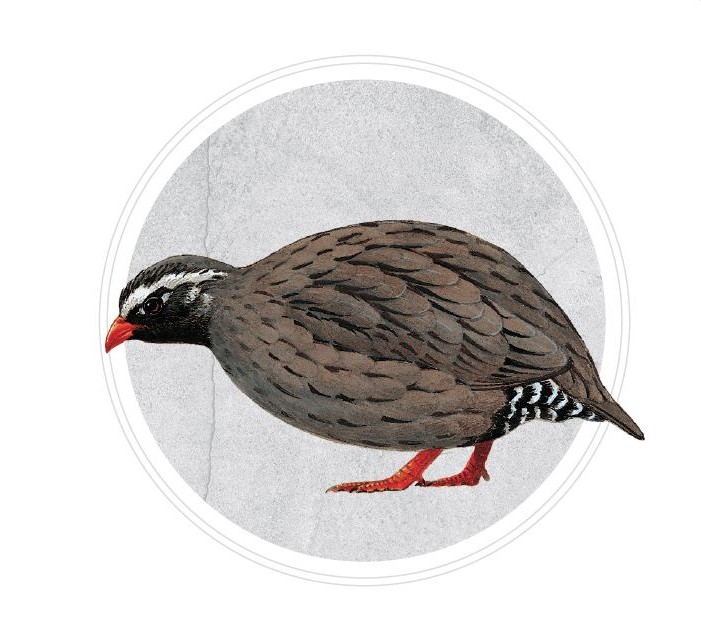
Himalayan Quail
Himalayan Quail has not been recorded with certainty since 1876, despite a number of searches. It was found in Uttarakhand, north-western India, and may yet survive in remoter areas of the lower or middle Himalayan range, as the searches to date have not been exhaustive. Like any quail it may be hard to find in its dense grassland habitat, from which it is reluctant to fly. Local reports have suggested it can be caught with the use of dogs, and indeed this seems to have been how it was originally found. This points to a likely reason for its decline and rarity, as dogs are often used to hunt birds. However, perhaps with the right communication and management, searches with dogs might become the means to refind the species, which may also have suffered from habitat degradation.
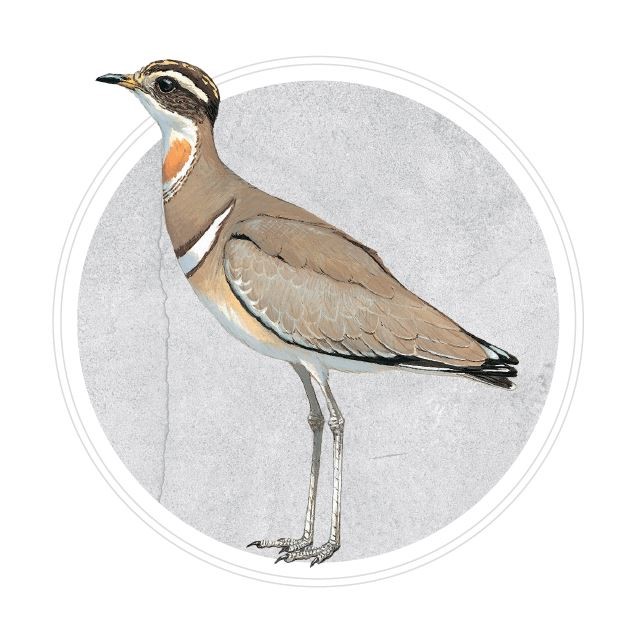
Jerdon’s Courser
Jerdon’s Courser was lost, found and lost again. This elegant, terrestrial species went missing for 86 years from 1900 until its rediscovery in the ‘scrub jungle’ of Andhra Pradesh State, central India – a considerable achievement for such a shy creature that is also nocturnal. Research and conservation efforts continued using all available methods, such as ‘tracking strips’ placed on the ground to collect evidence of the bird’s tracks, camera traps and tape transects. More sites were found, but the (few) sightings stopped in 2009 and no coursers have been seen or heard since, as unauthorised progress on a canal and additional habitat loss and degradation has reduced the available habitat. There is potential that it could occur elsewhere in India, and until all possibilities have been investigated we should not give up.
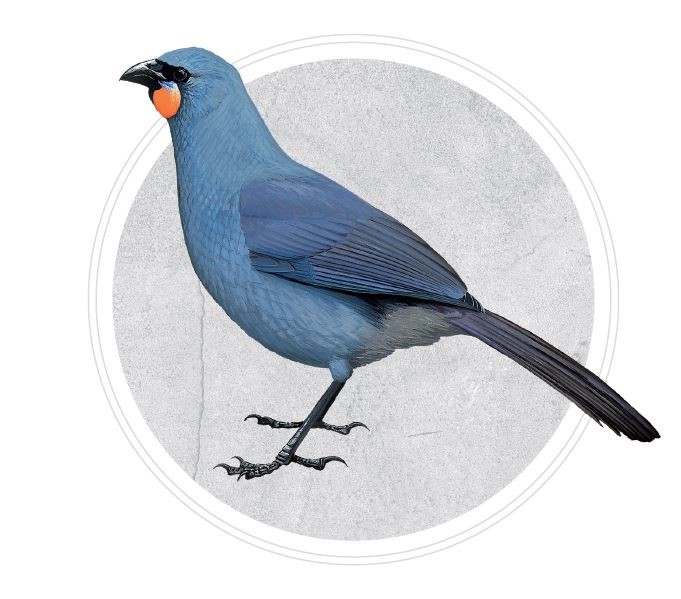
South Island Kokako
South Island Kokako, a striking and noisy species of a seemingly well-explored part of the world, might seem like a long shot for rediscovery. Like most other native New Zealand birds, it has suffered catastrophic declines caused by the destruction and fragmentation of its native forest habitat and the introduction of competitors, but predation by introduced rats, possums and stoats seems to be the biggest problem. While its North Island counterpart is scarce but readily findable, the last confirmed records of South Island Kokako were in 2007 and before that in 1967. Sadly, the reward offered since then for information confirming its survival cannot be claimed, but unconfirmed sightings up to 2016 give some hope and are the reason for the kokako’s inclusion here.
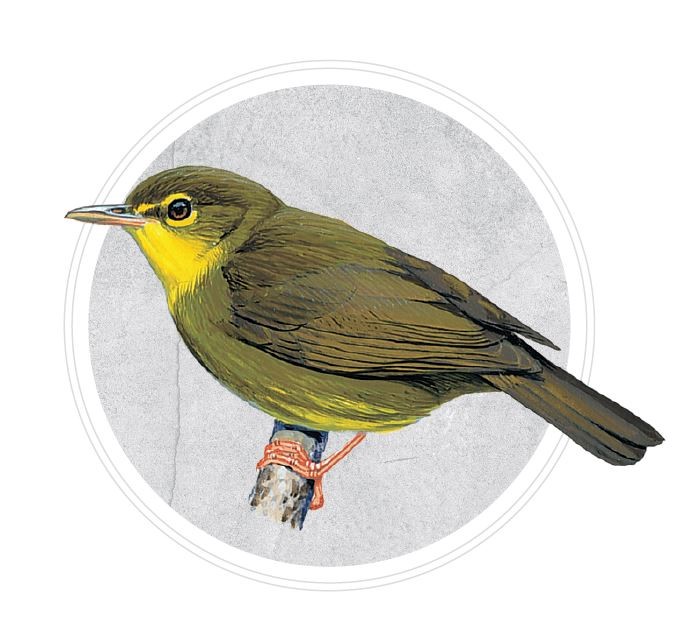
Dusky Tetraka
Dusky Tetraka is a small passerine that lives on or near the ground in the rainforests of Madagascar, where it has not been seen this century. Several species from that legendary island were until fairly recently in the ‘lost’ group, but have been found and are now regularly seen. This one is not, the most recent records being a sighting and sound recording followed by a mist net capture in the 1990s. There has been none since, despite there still being plentiful (albeit shrinking) habitat. It should be found again, and only then can we hope to understand the rarity of sightings and what has to be done to conserve it.
Why extinction matters
Does it matter whether Negros Fruit-dove, Santa Marta Sabrewing and others survive or not? Of course! Every extinction matters, and every species needs to be recognised not only in its own right, but also as a unique representative of the diversity of life in the place and habitat where it is found. “We also need to know the true extent and rate of extinctions in the era of unprecedented human domination now widely known as the Anthropocene,” says John C Mittermeier, Director of Threatened Species Outreach at the American Bird Conservancy. Negros Fruit-dove and the rest are lost to us now, but we hope not gone forever, and certainly not forgotten. We should do all in our power to find them again. Assuming we succeed, we must then use what we learn to conserve them and help the many other species sharing the extraordinary places where they live.
Also published in the BirdLife Magazine January-March 2022.
To subscribe, become a member of the World Bird Club.
Stay up to date
Sign up to receive the latest bird conservation news. You’ll also receive updates about our projects, science and other ways to get involved including fundraising.
Thank you for your support, we are committed to protecting your personal information and privacy. For more information on how we use your data, please see our Privacy Policy. You can unsubscribe from emails at any time by using the link in the footer of any email from us.

